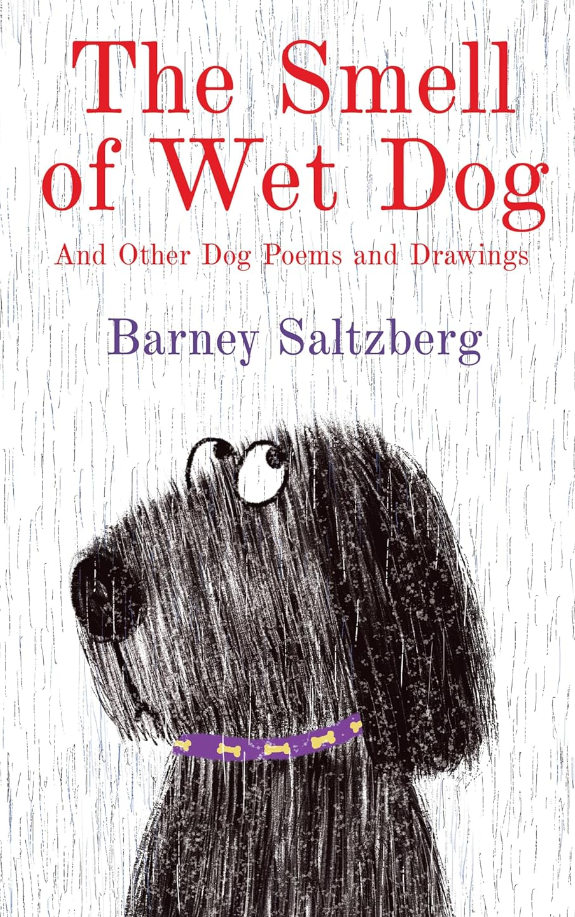How can rhyme, rhythm, and word choice in
poetry evoke emotions and create vivid images?
Age Range: 10 to 12
Activity Focus: Poetry, Rhyme, and Phonetic Patterns
Objective: To explore rhyme schemes, sound patterns, and the emotional resonance of poetry related to dogs and their human experiences.
Materials:
- The Smell of Wet Dog
- Small jars containing items with distinctive smells (e.g., cinnamon, orange peel, coffee beans, lavender, etc.)
- Chart paper or whiteboard
- Markers or colored pens
- Notebook for each student to write a poem about a pet or animal
Other Recommended Books:
Question Before Reading:
- Have you ever smelled a wet dog or another distinct animal smell? What was it like?
- Why do you think people use poetry to describe animals or their experiences with them?
- Do you have a favorite animal, and if so, what would it be like to describe them in a poem?
Introduce the idea that poetry uses word patterns, sounds, and imagery to create strong emotions and mental pictures. Explain that in The Smell of Wet Dog, the author uses rhyming patterns and humor to capture what it’s like to be around dogs.
Read Aloud:
As you read aloud, ask students to listen for rhyming words and any sounds that stand out, like “stinky,” “paint-peeling,” or “perfume.”
- Pause to ask, “What does this rhyme or word make you feel or imagine?”
- Invite students to notice any shifts in tone (from humorous to serious) and ask, “How does the change in rhyme or rhythm affect the mood?”
Discussion:
After the read-aloud, discuss the following:
- What was your favorite poem in the book? What did you like about the rhyme and word choices?
- How do rhyming words like “smell” and “tell” or “perfume” and “plume” help make the poem more memorable?
- Did any of the poems make you think differently about dogs or animals? Which ones and why?
- How does Barney Saltzberg use words and rhyme to show both funny and serious sides of living with a dog?
Activity:
Poetry Creation
- Allow students to explore the jars and pick a smell that intrigues them.
- Ask them to jot down sensory words (sight, smell, taste, touch, and sound) that describe their chosen smell.
- Guide them to write a short poem using at least two rhyming pairs and sensory words inspired by their smell.
- Encourage creativity, humor, or even a small story about something linked to the smell.
Extension:
Poetry Pair Reading and Feedback
- Have students pair up and read their poems aloud to each other, focusing on rhythm and expression.
- Ask each student to give feedback to their partner by sharing what they liked about the rhyme, imagery, or creativity in their partner’s poem.
- Optional: Compile the poems into a small “Class Poetry Anthology” about animals, complete with illustrations or decorative borders.
Tags:
- Age Range: 10 to 12
- Competencies: Creativity and Innovation, Communication, Critical Thinking, Empathy, Phonemic Awareness
- Type of Activity: Creative Writing, Reflection, Storytelling and Presentation, Poetry
- Content Areas: ELA, Art
- Calendar: National Poetry Month (April), National Pet Day (April 11)
